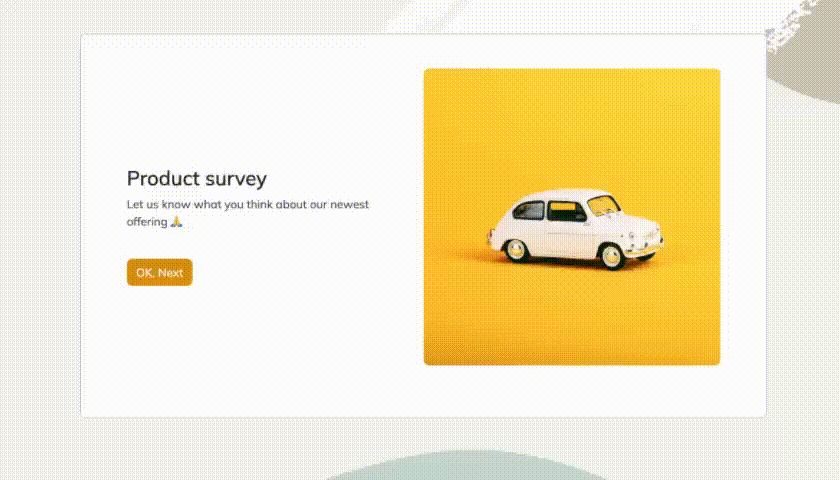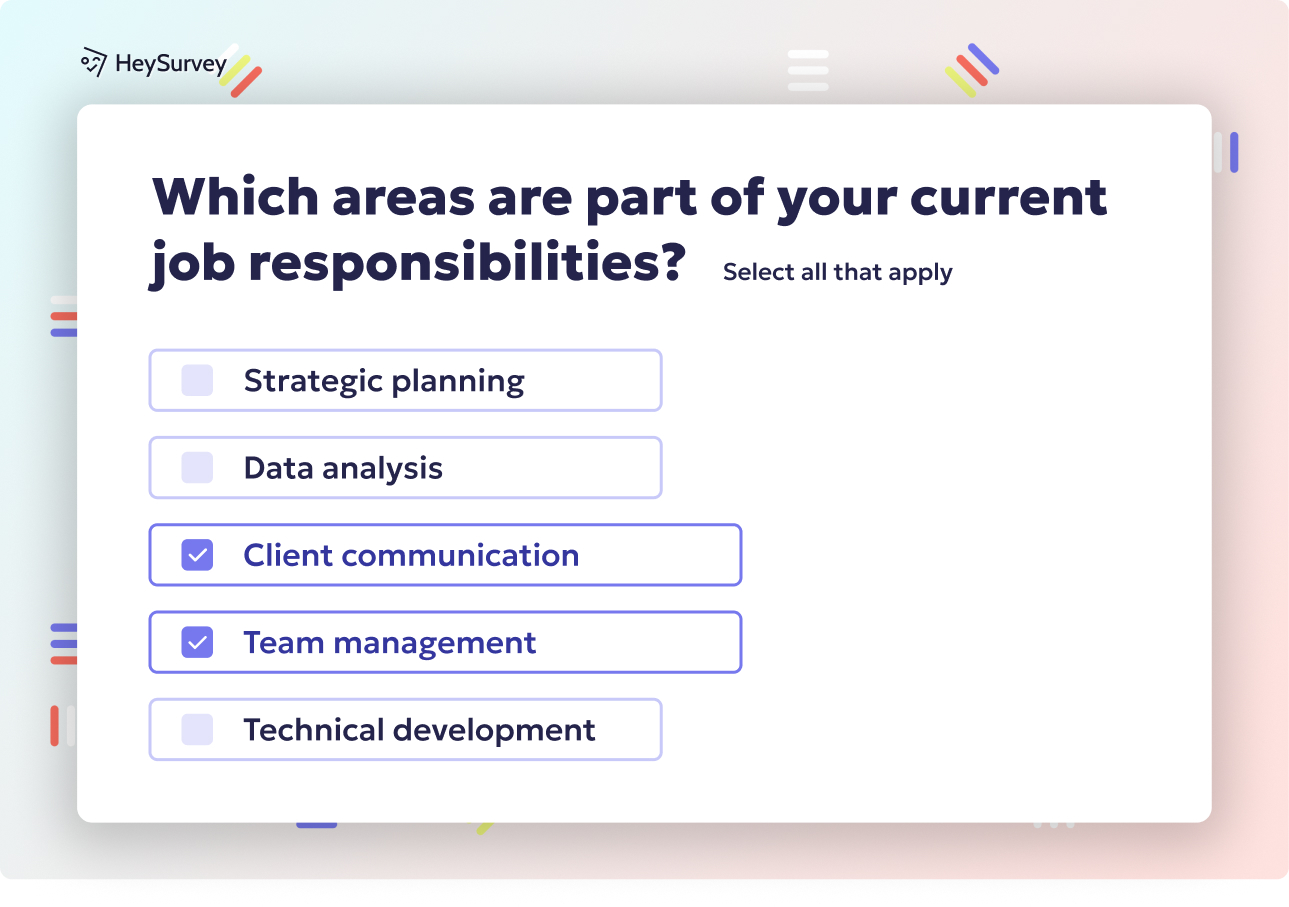29 Climate Change Survey Questions to Boost Engagement
Explore 40+ insightful climate change survey questions covering awareness, attitudes, behaviors, and policy support to gauge public opinion effectively.
Climate-change-focused surveys are now front and center for businesses, policymakers, and everyday people who care about shaping a greener future. Whether you’re building a climate change questionnaire for CSR, crafting an environmental attitude survey for communication gurus, or probing public opinion on global warming for policy wonks, the right questions make all the difference. In this guide, you’ll find eight smart question types—from awareness and attitudes straight through to demographics—each designed for a unique research goal. Let’s get curious about climate, one well-placed survey question at a time.
Awareness & Knowledge Survey Questions
Why & When to Use
Kicking off a climate-related project is the perfect moment to run a climate change questionnaire that benchmarks what your audience already knows—or thinks they know! Before launching any educational campaign or splurging on awareness ads, you’ll want a clear sense of existing knowledge and blind spots. You might be surprised where gaps or climate myths live.
This question set shines before-and-after a learning intervention (think: an interactive workshop, a fact-filled social campaign, or a new sustainability curriculum). Pinpointing knowledge gaps isn’t just about recognizing what’s missing—it helps avoid repeating what everyone already knows and makes your strategy more efficient.
Not only do these questions spot misunderstandings and plain-old myths, but they highlight where clearer communication is needed. And guess what? Teachers, HR leads, and green entrepreneurs all love a solid baseline. Common use cases: - Benchmarking baseline awareness of global warming concepts - Quantifying misinformation around topics like carbon neutrality - Evaluating the impact of sustainability education or campaigns
5 Sample Questions
How familiar are you with the term “carbon neutrality”?
Which of the following sectors do you think emits the most greenhouse gases?
True or False: Methane is a more potent greenhouse gas than CO₂ over 20 years.
On a scale of 1–5, how confident are you in explaining the greenhouse effect to someone else?
Where do you primarily get your information about climate change?
A global survey found that 40% of adults have never heard of climate change, with education level being the strongest predictor of awareness. (climatecommunication.yale.edu)
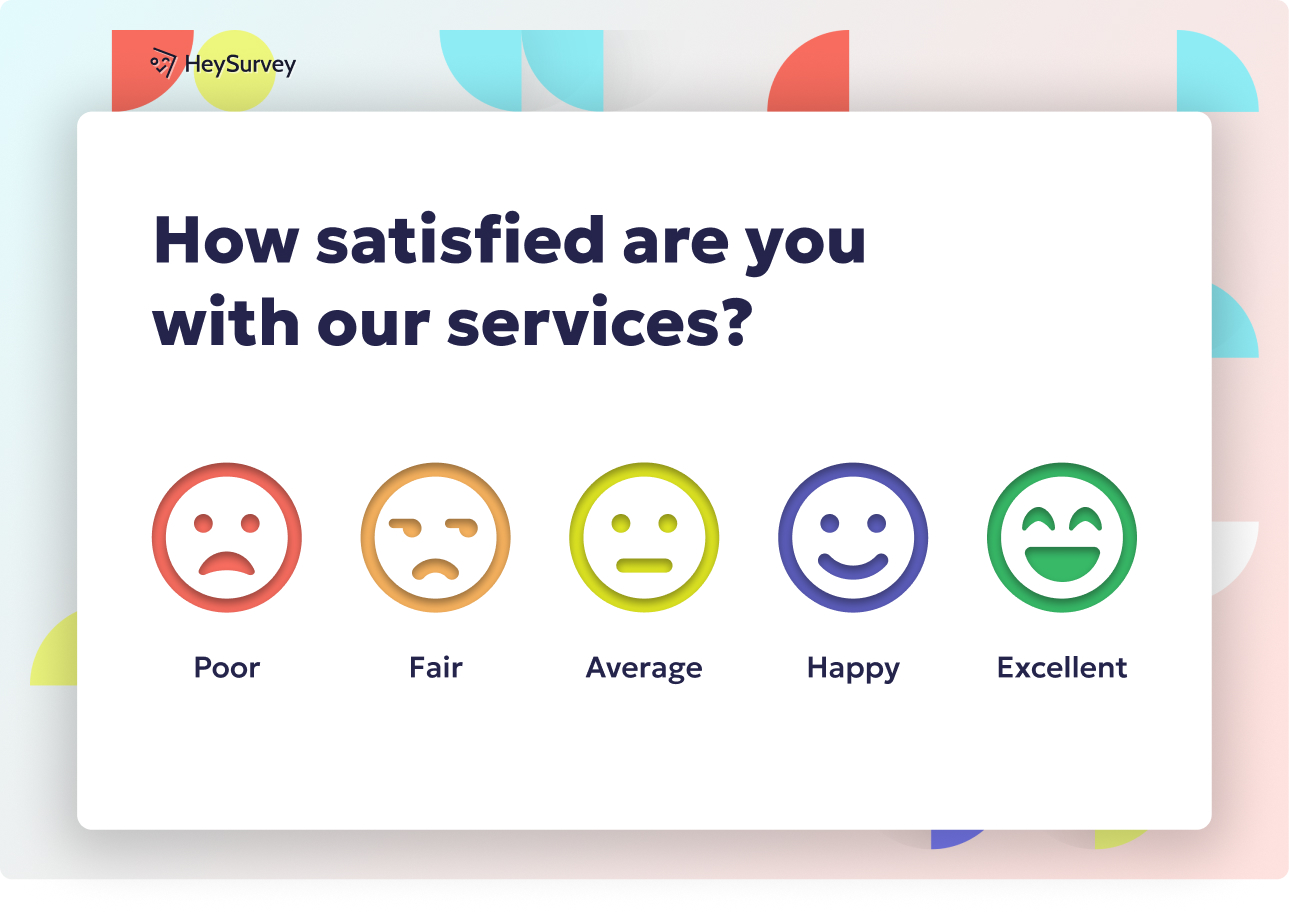
Creating a climate change survey with HeySurvey is easy, even if it’s your first time. Follow these three simple steps to get your survey up and running quickly:
Step 1. Create a New Survey
- Log in to HeySurvey (or start without an account to experiment).
- Choose “Create New Survey” from the dashboard.
- Select either a blank survey for full customization or pick a pre-built climate change template to save time.
- Give your survey a name that makes it easy to find later, like “Climate Change Awareness Survey.”
Step 2. Add Your Questions
- Click “Add Question” to begin.
- Pick the question type that fits each topic—multiple choice for attitudes, scale for risk perception, or text for open feedback.
- Enter your climate change questions, making sure to keep them clear and concise.
- Mark questions required when you want to ensure every response counts.
- Use branching if you want to ask follow-ups based on answers (like diving deeper if someone says they’re very worried about global warming).
Step 3. Publish Your Survey
- Preview your survey to check flow, design, and question clarity.
- When happy, click “Publish” to generate a shareable link.
- Share your survey via email, social media, or embed it on your website.
- Track responses in real-time using HeySurvey's results dashboard.
Bonus Step: Apply Your Branding
- Customize the look by uploading your organization’s logo.
- Use the Designer Sidebar to tweak fonts, colors, backgrounds, and question card styles—making your survey visually consistent with your brand.
Bonus Step: Define Survey Settings
- Set start and end dates so your survey runs only when you want it to.
- Limit responses if you have a target number in mind.
- Add a redirect URL to thank respondents or send them to more info after completion.
Bonus Step: Use Branching for Tailored Paths
- Make your survey smarter by sending respondents to different questions depending on their answers.
- Use branching to create personalized experiences, like diving deeper into policy support only if someone expresses concern.
With these steps, you’ll be able to build a powerful climate change questionnaire that gathers the insights you need—all without breaking a sweat. Ready to start? Go ahead and open the template below to jump right in!
Attitudes & Beliefs Survey Questions
Why & When to Use
Get ready to uncover what really drives people’s climate opinions—emotions, worldviews, and maybe even a dash of stubbornness. Public opinion on global warming isn’t just about facts; it’s shaped by powerful beliefs and feelings. Running an environmental attitude survey before you create campaigns or policies can reveal the deep-seated motivators that data alone can’t catch.
This question style is your go-to before designing any persuasive messaging. Maybe you want to nudge behaviors, lobby for a new policy, or simply understand the mood in your community. Attitude surveys dig into whether your group is resigned (“Technology will save us!”), skeptical, or fired up for change.
You’ll find these questions key for: - Understanding resistance or support for scientific findings - Designing messages that actually resonate, not just “preach” - Laying the foundation for more targeted interventions or products
5 Sample Questions
To what extent do you agree: “Climate change is mostly caused by human activities.”
How worried are you about global warming personally affecting you?
Which statement best describes your view: “Technology will solve climate change without lifestyle changes.”
Do you believe climate change will negatively impact your community within the next 10 years?
Rate your trust in climate scientists on a 1–5 scale.
A 2024 Monmouth University poll found that 73% of Americans believe climate change is occurring, yet only 34% attribute it mainly to human activity. (monmouth.edu)
Behavior & Lifestyle Survey Questions
Why & When to Use
Numbers can show you what people know, but behavior questions reveal what they actually do. Explore current carbon-related actions by probing into routines and lifestyle choices—what the average day really looks like when it comes to saving the planet! Teams use these questions to segment audiences based on genuine environmental impact, not just good intentions.
This is especially useful to track change over time. See how people adapt after your campaign, or identify the climate-conscious superstars in your target audience. If you want to spotlight champions for case studies, or spot opportunities for workshops and incentives, these are your questions.
Behavior metrics matter for: - Measuring shifts in real-world action, not just opinions - Finding high-impact groups for deeper engagement - Guiding product or service tweaks to support green habits
Here’s how to ask what people are really up to:
5 Sample Questions
How many times per week do you use public transportation instead of a personal car?
In the past month, how often have you reduced meat consumption for environmental reasons?
Do you routinely check product labels for sustainability certifications?
When replacing appliances, how important is energy efficiency in your purchase decision?
Have you installed any renewable-energy technology at home (e.g., solar panels, heat pumps)?
Policy Support & Civic Engagement Survey Questions
Why & When to Use
When it’s time to move from chatter to change, public opinion on global warming often translates into support—or pushback—for key policies. This section is a goldmine for anyone shaping regulations, launching advocacy campaigns, or just curious about who’s ready to roll up their sleeves and call their mayor.
These questions give a reality check on how people feel about: - Carbon taxes (where the dollars actually go!) - Bans and deadlines for fossil fuel phase-outs - Voting, attending protests, or simply hitting “send” on an email to an official
Civic engagement questions separate the bystanders from hands-on changemakers, letting you tailor campaigns to the right energy. If your mission is lobbying, influencing government strategy, or designing future climate actions, these are the questions to ask.
5 Sample Questions
Do you support a carbon tax if revenues are returned to households as rebates?
Should your city ban the sale of new gasoline vehicles by 2035?
How likely are you to contact an elected official about climate policy in the next year?
Rate your approval of government subsidies for renewable energy companies.
Which climate policy area should receive highest priority funding?
A 2024 UNDP survey found that 80% of people globally want their governments to take stronger action to tackle the climate crisis. (climatepromise.undp.org)
Risk Perception & Concern Survey Questions
Why & When to Use
A little healthy worry isn’t always a bad thing! Risk perception shapes how seriously people take climate warnings and what steps they’ll support. These questions help city planners, insurers, and emergency response teams know which stories, hazards, or real-world threats are most top of mind.
Where you see the most concern, you’ll spot the best place to focus education and preparedness. Use these questions if you want to tailor messaging for disaster readiness, public health, or insurance offers—and to track whose pulses are quickening about rising risks.
These items let you: - Pinpoint the most urgent climate worries (storms, food, health) - Gauge trust in local infrastructure - Spot where people are ready to take (or demand) protective action
5 Sample Questions
How likely do you think severe weather events will affect your region in the next five years?
Rate the health risks you associate with increased air pollution from climate change.
Which natural hazard linked to climate change worries you most?
How confident are you that local infrastructure can withstand extreme heatwaves?
Do you believe climate change will impact food prices within the next decade?
Mitigation & Adaptation Action-Intent Survey Questions
Why & When to Use
Ready to look ahead? These questions zoom in on the future—what actions are people likely to take, under what circumstances, and how soon? This is where strategic plans get validated. Companies, governments, and nonprofits all want to know: if I build it (or subsidize it), will they come?
Offer options (rebates, workshops, new tech) and see who bites. Find out whether price, convenience, or urgency is the biggest nudge. Use these questions if you’re launching a new green service, exploring where to invest, or measuring how motivated your audience really is.
Key advantages are: - Predicting which interventions will succeed - Validating whether incentives actually change intent - Forecasting demand for climate solutions
5 Sample Questions
How likely are you to install home insulation in the next 12 months?
Would you switch to a renewable-energy provider if the monthly cost increased by 10%?
Do you plan to participate in local climate-resilience workshops this year?
If offered a government rebate, how likely are you to purchase an electric vehicle?
What is the earliest year you would consider moving due to climate-related risks?
Demographic & Psychographic Profiling Questions
Why & When to Use
Here’s where your survey gets the keys to unlocking patterns. This set provides critical cross-tab analysis: Are students more climate-active? Does income shape sustainability choices? These end-of-survey questions are gold for marketers, data nerds, and community leaders alike.
Collect this info at the end (after all the hot-button stuff) to avoid scaring people off. Profiling isn’t just about age or zip code—it’s about capturing worldviews, habits, and lifestyles, which tell you where to focus, who to recruit as change agents, or who might need an extra nudge.
Perfect for: - Comparing trends by age, education, or political persuasion - Tailoring solutions for high-impact (or high-need) groups - Avoiding one-size-fits-all messaging mistakes
5 Sample Questions
What is your highest level of education completed?
Which age bracket best describes you?
Where do you place yourself on the political spectrum?
What is your annual household income range?
Which of these statements best describes your lifestyle: “Eco-conscious,” “Moderately sustainable,” “Not focused on sustainability.”
Best Practices: Dos & Don’ts for Designing Climate Change Surveys
Designing a survey is a little like hosting a party—get the details right, and everyone leaves happy (or at least not frustrated). Watch out for unconscious bias! Always use neutral wording so people give honest answers, not what they think you want to hear.
Unfamiliar terms can trip up your crowd, so always explain jargon like “carbon neutrality” or “emissions intensity.” You’d be surprised how many people interpret green words differently. Before you launch, pilot-test with folks from different ages, backgrounds, and locations—your global warming “aha” moment might not be the same as someone else’s.
For extra zing: - Mix closed-ended (yes/no, scales, multiple choice) with open-ended items (“Tell us what you think!”) - Avoid blanket advocacy; let people’s real opinions shine through - Keep it simple—nobody loves a wall of technical jargon - Start with easy awareness or attitude questions to build comfort, and save all the demographics for the end
The biggest trap of all? Don’t overload the start with sensitive or personal items. Let your climate change survey flow like a friendly chat, not an interrogation. With these basics in mind, you’ll get richer, more reliable insights, and maybe even a smile or two along the way.
Conclusion
Thoughtful climate change surveys are the secret to understanding what people know, feel, and do—and what might spark them to act. Asking the right questions, in the right way, ensures you get deep insights rather than superficial answers. Whether you are a business looking to innovate, or a community group organizing next steps, clever survey design makes climate action smarter for everyone. Want to make a difference? Start by listening with great questions.
Related Poll Survey Surveys
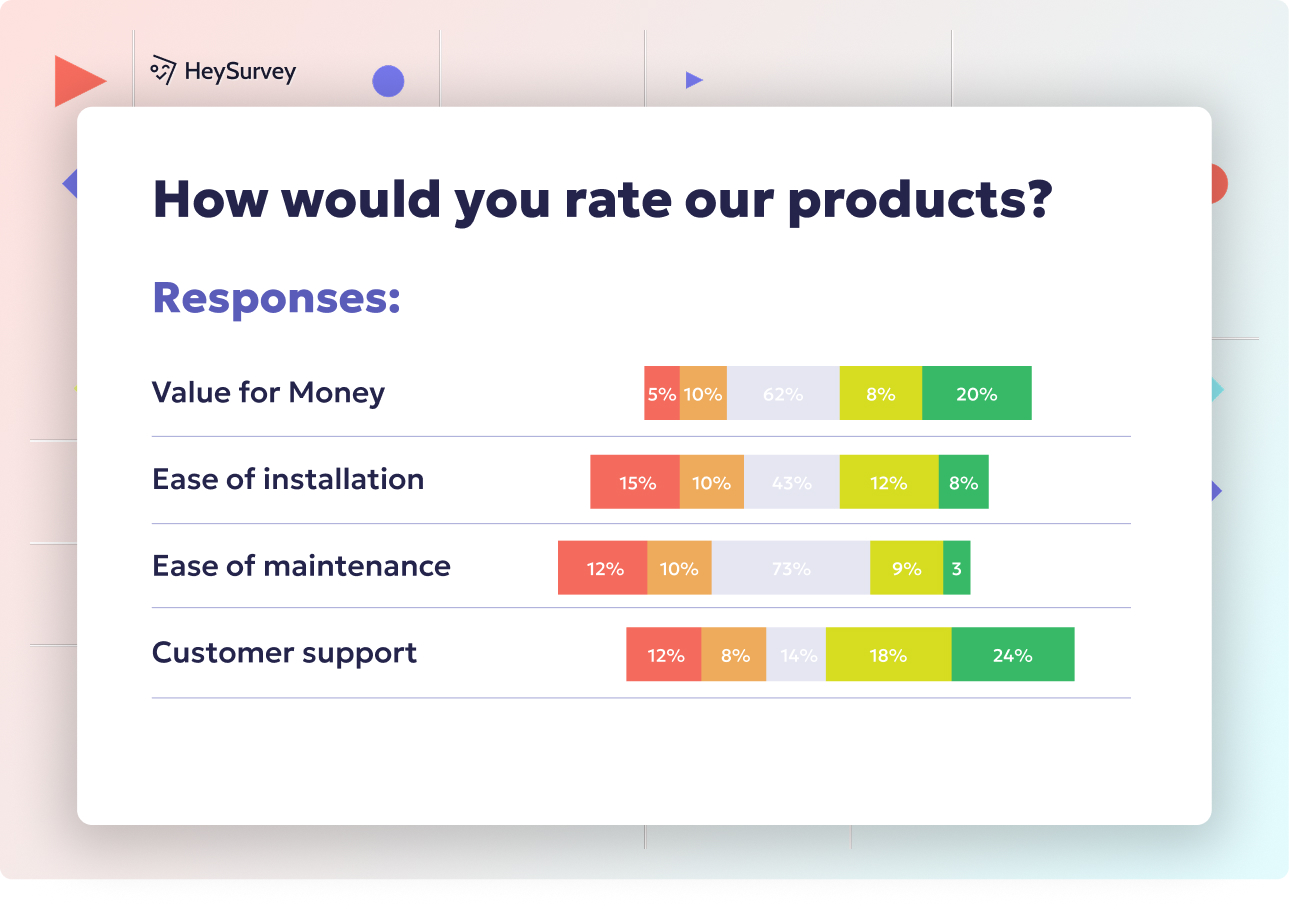
31 Poll Survey Questions Examples for High-Response Polls Guide
Discover 35 poll survey questions examples and expert tips to craft engaging polls that boost res...

31 Political Survey Questions: Types, Uses & Best Practices Guide
Explore 27 expert political survey questions with types, use-cases, and best practices to master ...
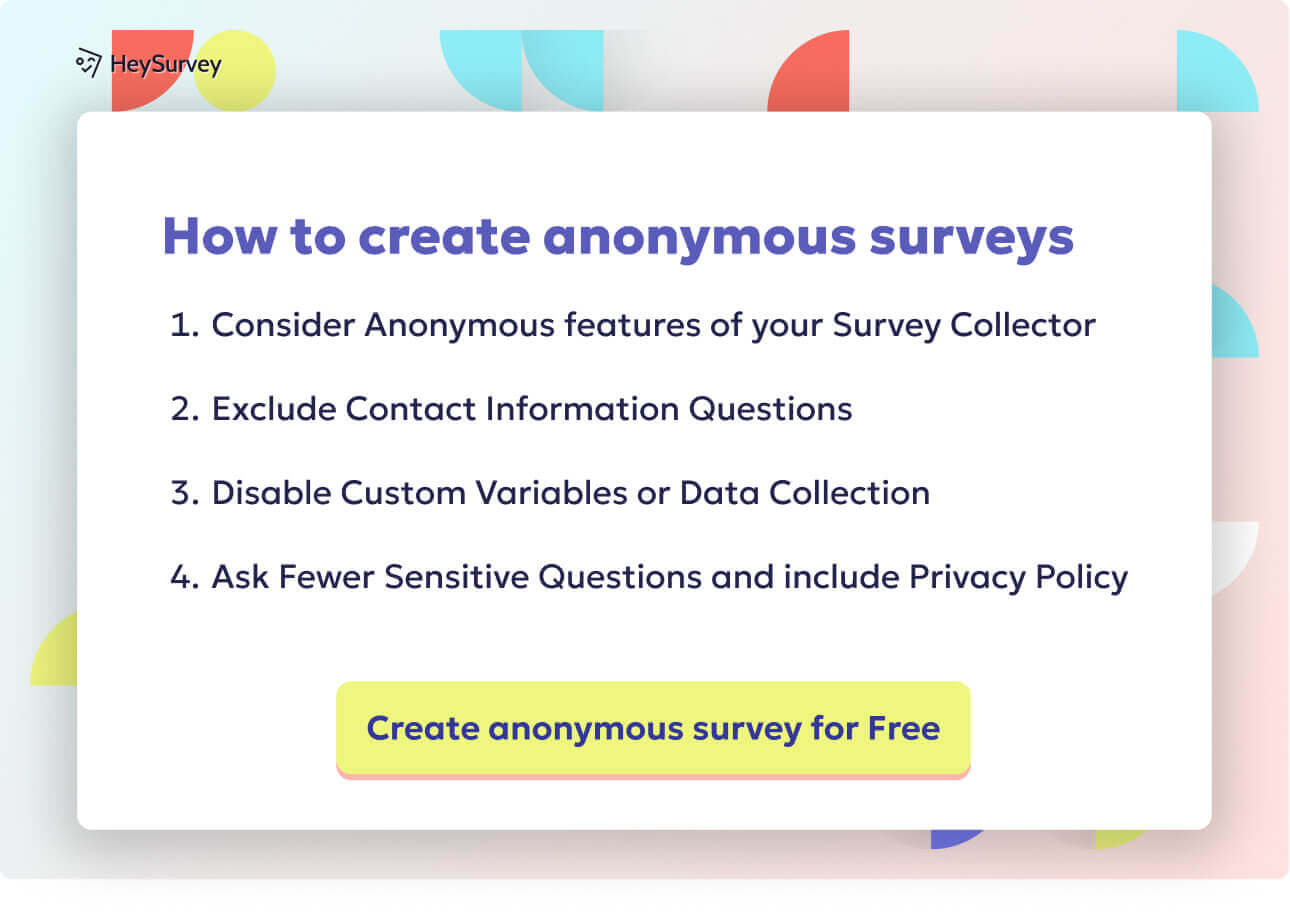
30 Thanksgiving Survey Questions Poll: Ultimate Holiday Guide
Discover 30+ Thanksgiving survey questions poll ideas with ready-to-use samples for family, work,...
